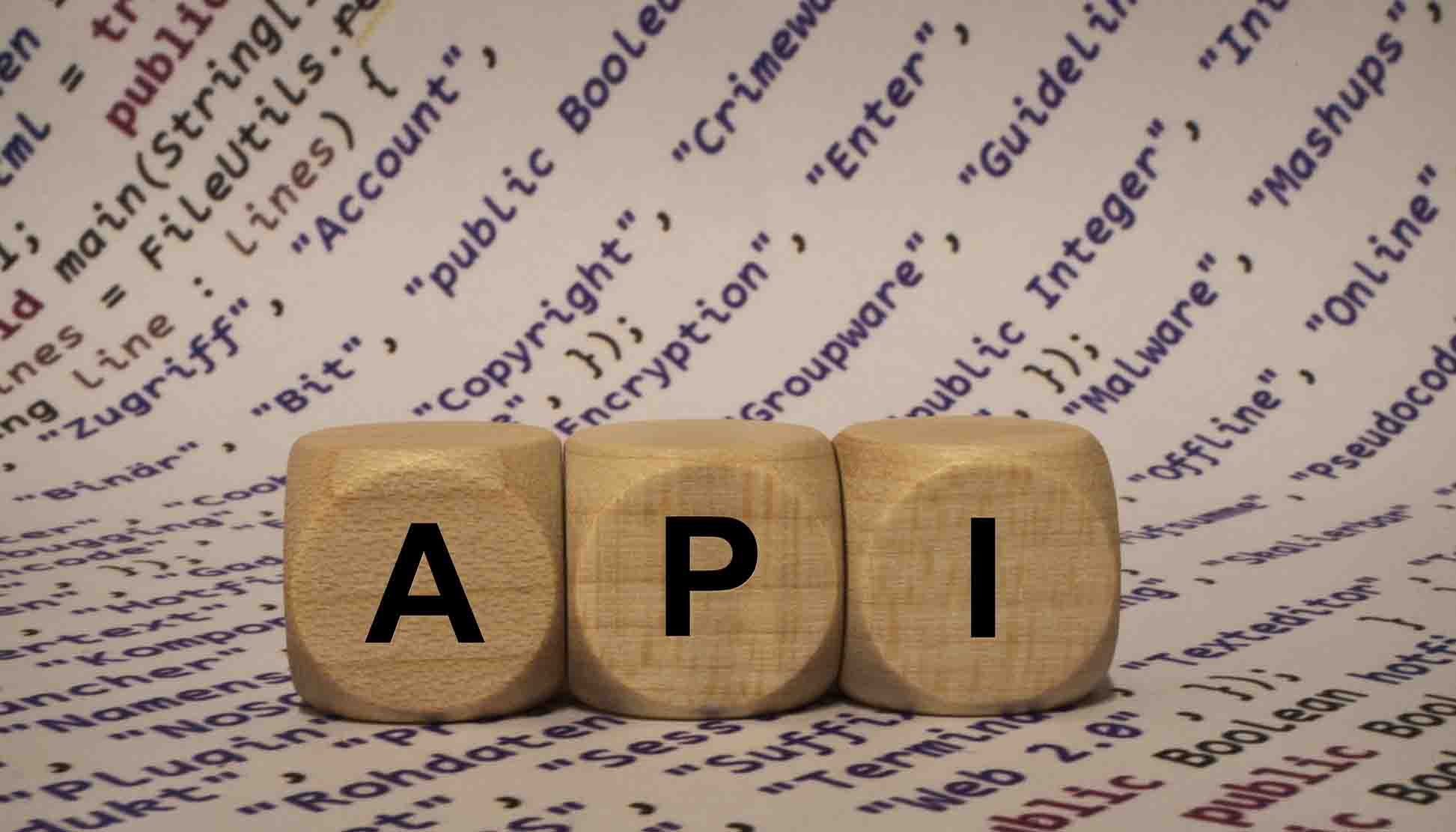3 Tips For Choosing A Live Streaming Platform
Choosing a live streaming platform is complex and can be overwhelming, especially if you’re new to live streaming and you aren’t sure what to look for.
There are so many different factors to consider in a live streaming platform. What’s more, there are dozens of different streaming platforms available. Each online video platform has different features and a different ecosystem of customer support, forums, integrations, and more.
Sometimes there are just too many choices!
With this article, we aim to help make things simpler. We’ll review some background information first, and then we’ll cover some of the current players in the live streaming platform marketplace. But ultimately, it all comes down to three basic, critical considerations when choosing between live streaming platforms. We’ll get to those factors later in the article. First, let’s set the scene.
The Importance of Choosing the Right Live Streaming Platform
Live streaming is a great tool. Today, all sorts of people are using live streaming platforms in innovative and valuable ways. Here are just a few examples:

- Businesses use video streaming providers for corporate training, product releases, and shareholder meetings.
- Governments use streaming to comply with open-meeting and transparency laws.
- Universities use streaming solutions for broadcasting online courses and special events.
- Musicians and other performers use live streams to bring shows to target a bigger audience.
- Conferences and trade shows use streaming video for remote attendance.
- Sporting teams and leagues use live video to expand their reach.
- Community groups use streaming to extend the influence of grassroots efforts.
That’s just the tip of the iceberg. People are always coming up with creative, new ways to leverage the power of a live streaming platform. (Live streamed yoga classes, anyone? How about virtual reality live content?)
Function Follows Form
With such a wide variety of goals and industries involved in live streaming, there are a number of niche providers. Churches and other religious congregations, for example, may have different needs than Enterprise users.
Here’s the bottom line: most live streaming platforms work best for a few types of users. If you don’t fit into their box, signing up for their service may be a mistake. You could end up overpaying for features that you never use. Conversely, you might be lacking the right tools needed to get your job done in the first place. You want to make sure to choose the inclusive live streaming platform that fits your business needs.
The Streaming Services Marketplace
 There are dozens of major live streaming service providers around the world. Beyond this, there are dozens of more resellers and smaller outfits operating regionally or locally. Most of these are focused on smaller markets.
There are dozens of major live streaming service providers around the world. Beyond this, there are dozens of more resellers and smaller outfits operating regionally or locally. Most of these are focused on smaller markets.
When it comes to the big players, each one has a slightly different focus. Let’s consider a few of them in brief.
- Livestream is a Vimeo-owned company founded in 2007 and headquartered in Brooklyn, New York. Their services focus on integrated end-to-end video for larger businesses.
- UStream is an IBM-owned live streaming platform also founded in 2007 as a way for soldiers in the Iraq war to communicate with their families. UStream offers a free ad-supported tier, but IBM intends to use the technology to create an Enterprise-focused cloud video services unit.
- YouTube Live is a 2008 addition to the Google-owned video monolith. It allows approved users to stream for free via the public portal, but it restricts certain broadcast settings and embeds its logo on all content.
- Vzaar is a London-based business-oriented video host focused on content security, and recently acquired by Dacast. It too was founded in 2007 and initially targeted eBay customers.
In addition to these established businesses, there are all sorts of new players on the market today. One example is Boxcast, an Ohio-based company that builds a streaming box that serves as a video capture device and encoder. Hooked into their system, it offers a “plug and play” set up for live streaming.
3 Tips for Choosing a Live Streaming Platform:
With that brief history and context, we’ve now arrived at the heart of this article. We promised to provide you with three easy ways to help make your choice of a live streaming platform. Here are our recommendations!

#1. Consider the CDN
CDN stands for “Content Delivery Network.” To explain how this works, you have to understand how a basic website works. Anyone can create a website and host it on a “server.” When users visit that website, the server sends the data across the network of cables, routers, and switches that make up the internet.
This process can be slow, especially if the server is far away. For example, let’s say you’re in Seattle and the server is in South Africa. We’re talking about 15,000 miles of distance. While signals within cables travel extremely fast (on the order of 120,000 miles per second), lots of things slow this down. Cables have to connect to hubs, which transfer information to other cables and networks. These conversions can take a longer time.
Speed is everything
When it comes to video, speed is important. Video files are large compared to most data we send over the internet. Even fast connections can falter when faced with large video files. Streaming compounds this situation since we want to send data in real-time. If you miss a crucial segment, you can’t rewind—the video will just skip ahead when the next section loads.
Streaming video directly from a single or even a small number of servers is only feasible when a small number of people are watching in a very localized area. Even then, building a server and configuring the system for streaming requires a great deal of technical expertise.
CDNs offer speed and reliability
A CDN simplifies these issues. Essentially, a CDN network is composed of servers spread over many locations that are linked together. When you stream with a CDN, the video data is copied and sent to servers around the world. Viewers who access that video is automatically connected to the server closest to their location. All of this maximizes overall speeds and eliminates buffering.

Using a CDN entails other benefits as well. Specifically, what happens if your content goes viral unexpectedly? Let’s say your high school basketball game goes into quintuple over time, or the Pope retweets your upcoming event link. Can you handle (technologically-speaking) a million viewers at once?
The distributed architecture of a CDN allows additional and unexpected loads to be shared across many different servers. This ensures that even if a million people tune into your stream, it will keep working as advertised. Therefore, you want to make sure that your live streaming platform uses a CDN.
Look for a Tier 1 CDN
We classify CDNs as either Tier 1 or Tier 2. Tier 1 networks are defined by their ability to access the entire internet routing table in a given region through peering relationships.
This part gets a bit technical, but essentially it means that Tier 1 CDN coverage is broad. It’s also quite fast. We highly recommend that everyone interested in video streaming first research a live streaming platform that has partnered with a top-tier CDN. If a live streaming platform partner with a lower quality network, the customer experience may be sub-par.
A highly trusted and reliable CDN such as Akamai will ensure that every user has the optimal experience.
#2. Ease of use

The next recommendation we have for simplifying your choice is to look for a live streaming platform that is easy to use.
This is critical because streaming is such a complex technology. Live video is built on a number of parts, and these parts are linked by a complex set of software and hardware tools including:
- Video cameras
- Audio recording equipment
- Codecs and compression
- Cabling and data transmissions
- Encoding software
- Video hosting services
- Video streaming protocols
Now, these elements are understandable. I’m not a computer scientist, and I have learned enough to become an expert on streaming. This is to say that you can learn the details too! When you’re first getting started with your live streaming platform, however, you may not want or need to become an expert. And that’s where we come in.
Make the tech invisible
One of the most important modern design tenets is that complexity should be invisible to the user, unless s/he wants to access it. A good live streaming platform should follow this tenet.
In other words, streaming should be simple enough to set up and get started in a few minutes if you have the correct equipment prepared. Most modern streaming platforms fit this mold. However, not all do.
One great way to test the usability of a given live streaming platform is to take advantage of the free trial. Nearly all live video hosts have trial periods that allow you to log in to the backend and test the creation of a live stream without paying a cent or committing to a long-term contract. I highly recommend that you test each live streaming platform included in your shortlist.
API access
 For users with more demanding technical needs, ease of use is still important. It just looks different.
For users with more demanding technical needs, ease of use is still important. It just looks different.
For example, some video hosts have what is called a video content management API, or Application Programming Interface. Essentially, an API is a shorthand language that enables easy communication between a service and other elements in a system.
With live streaming, a video content management API means that you can create your own mobile, desktop, or web application and integrate your live streaming into this app. If you are broadcasting from a studio environment, you can integrate live streaming with existing workflows using the video content management API. Its code-based nature makes it easy to add and integrate various parts of the puzzle, even if you have little to no previous experience with live streaming platforms.
For professionals, full API access can be a critical part of ease of use. I’ve written in more detail in a previous article about choosing the right broadcaster API. You can check out that article for more details on this subject, but we do strongly recommend choosing an API-based live streaming platform.
#3. Availability of tech support
 This tip relates to ease of use as well. Tech support is an essential element of any live streaming platform. As I mention above, there are a lot of working parts in this system. All the elements have to work harmoniously for the whole stream to go well, for you and for all of your potential viewers.
This tip relates to ease of use as well. Tech support is an essential element of any live streaming platform. As I mention above, there are a lot of working parts in this system. All the elements have to work harmoniously for the whole stream to go well, for you and for all of your potential viewers.
Even after you’ve built up some experience, tech support is still valuable. For example, there are certain encoders that, for reasons that are too complex to explain here, just don’t play well with certain live streaming service providers.
Unless you have a great deal of experience in this industry, you’re unlikely to be able to predict or avoid all the problems that can arise. Even if you can, new problems are likely to come up. It’s very helpful to be able to instantly leverage the availability of a team of experts.
24/7 support
Many live streaming platforms offer limited technical support. Often it is only accessible through email, or via a support forum. Tickets submitted in this way can take days to resolve. During a live event, even a minute of an offline stream can feel like an eternity. For every additional second of buffering, you’re going to lose a portion of your audience.
That’s why 24/7 phone or chat support is so important when it comes to live-streaming. The ability to make a call and talk to a real human being is critical.
Additionally, I recommend you look for a live streaming platform that does not outsource its tech support to subcontractors. This way, you can be sure you’ll get a true expert in the product you’re using. This should minimize the amount of time spent on the phone before you find a solution.
 24/7 support is especially important since live events can occur at all hours of the day. Timing changes depending on where your streaming host is located. The middle of your workday could be the middle of the night for your host. What if you’re streaming a concert at midnight or a religious event at 8 am on a Sunday morning? You need the peace of mind afforded by a guarantee that you can pick up the line anytime and talk to an expert.
24/7 support is especially important since live events can occur at all hours of the day. Timing changes depending on where your streaming host is located. The middle of your workday could be the middle of the night for your host. What if you’re streaming a concert at midnight or a religious event at 8 am on a Sunday morning? You need the peace of mind afforded by a guarantee that you can pick up the line anytime and talk to an expert.
Conclusion
Choosing a live streaming platform can be a difficult and demanding process. There are a lot of factors to consider. I hope that this article has simplified the process for you and that, by considering these three elements, you will be able to make an informed choice.
At the very least, you should be able to narrow down your live streaming solutions choices to a manageable number. From this reduced pool, you can make a more measured decision by looking at specific features outlined above.
What do you think? Do you have any tips for others looking to choose the right streaming platform? We love to hear from our readers, so feel free to “sound off” in the comment section below. As always—thanks for reading, and happy streaming!
 Stream
Stream Connect
Connect Manage
Manage Measure
Measure Events
Events Business
Business Organizations
Organizations Entertainment and Media
Entertainment and Media API
API Tools
Tools Learning Center
Learning Center Support
Support Support Articles
Support Articles